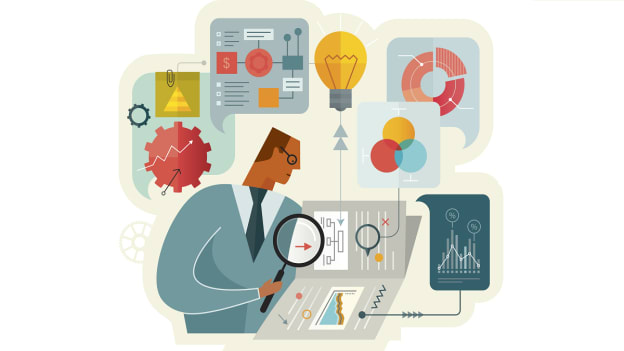
The education industry is continually evolving to include new technologies and methods. It has progressed even more after the pandemic when many processes were forced to become completely virtual.
The advancement of the virtual learning environment has led to various other changes in the education sector itself. Here is how data and reporting in the education industry improve classroom-based virtual learning environments to benefit students.
How Does Data and Reporting Work for the Education Industry?
By using more data-driven methods in a virtual learning environment, educators can better allocate their resources and help their students become more productive learners. For example, when a student struggles with a course concept while completing an online lecture presentation, a tutor could be automatically connected to the student through a direct chat feature.
If students can understand course concepts easily, they are considered productive learners. Such students will retain knowledge better after completing their coursework, which is critical for education’s safety in the pandemic.
How Are These Tools Improving Education Outcomes?
The virtual learning environment has many advantages for both educators and learners. Combining the data-driven methods with the virtual learning environment provides educators with a better understanding of how well their students perform in real-time. The benefits of this approach include:
- Monitoring of Student’s Progress
Educators can monitor the progress of their students regularly. By using data and reporting tools, teachers can pinpoint those areas that the students struggle with. With this information readily available, educators can spend more time helping their students learn rather than reviewing course concepts they have already mastered. In other words, teachers can now make more accurate assessments of student’s performance by knowing the areas in which students struggle and how long it takes them to complete their coursework.
Teachers can also see how often students log in and what activities they complete within a certain period. This data provides educators with accurate information on whether or not students understand course concepts and are engaged with their learning material.
- Emphasizing the Strengths of Each Student
Smaller class sizes have been central to education because they increase one-on-one time with instructors and allow for more individualized learning plans. In a traditional lecture model, teachers spend most of their time lecturing to large students, with no time left for personal attention to individual student’s needs.
With the help of data, educators can now identify the strengths and weaknesses of each student. This information can be then used to create a more tailored learning plan for that particular student. If a student is struggling in a specific subject, the data collected by the educator will indicate. The educator can work with that student on a particular issue.
- Inefficient Coursework is Now Easier to Identify
The virtual learning environment has also led to more efficient coursework for students. This is because educators can now gather information in real-time, which they can use for better understanding their students’ comprehension. Earlier educators would have to wait until the end of a semester to get feedback from students on how they did in their classes.
However, this type of feedback is no longer reliable because the student can easily manipulate it. Now that data-driven methods are being used in the virtual learning environment, educators can quickly identify courses that need improvement.
Thus, educators are using data-driven methods to improve the quality of education in the pandemic. Data drives more efficient coursework and helps instructors identify areas that need improvement.

